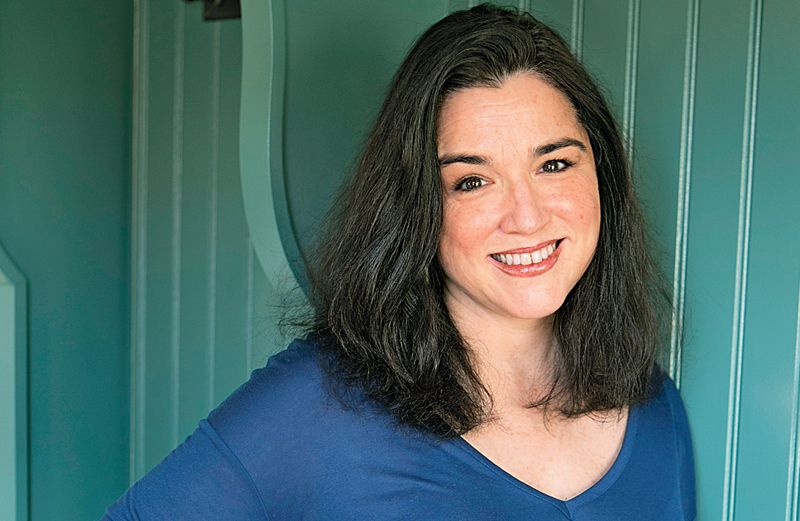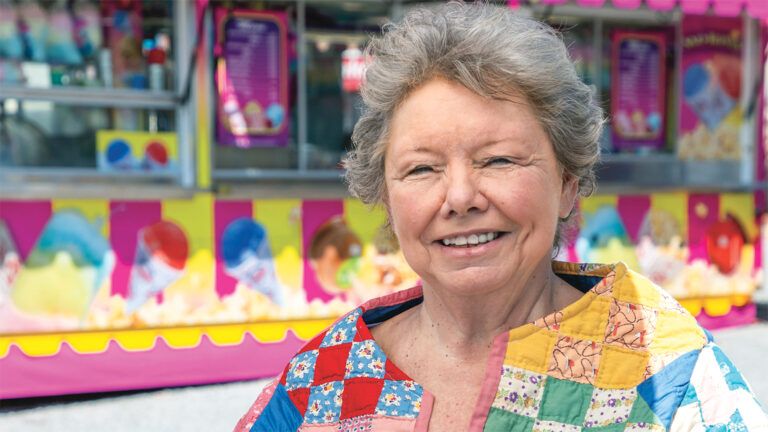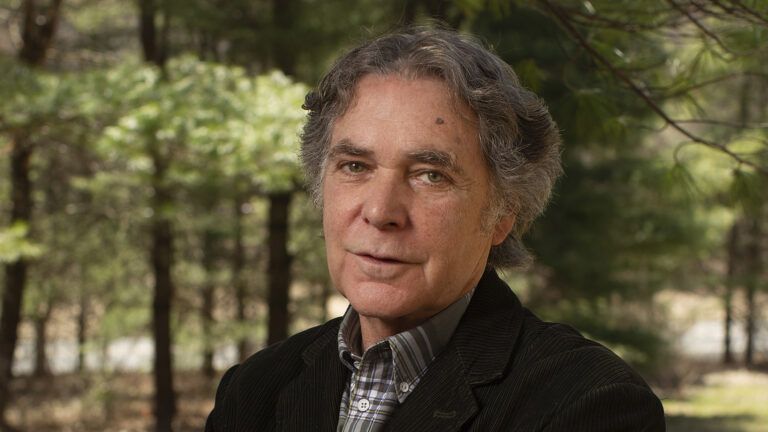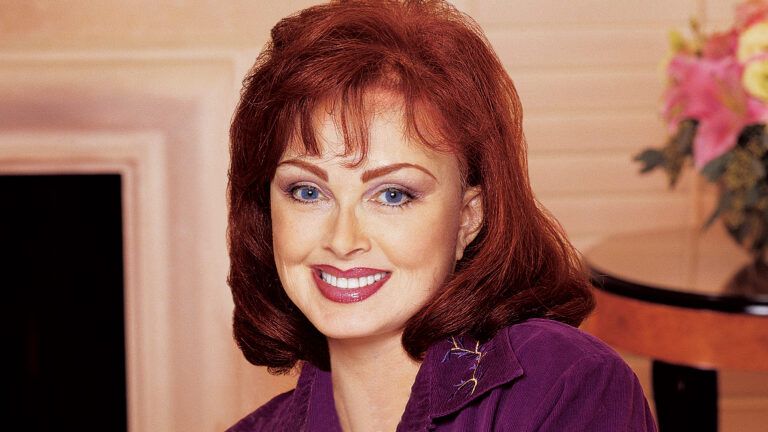I am a PWD–a person with diabetes. Please note that the word person comes first. Dealing with being a PWD hasn’t always been easy for me. And I know I’m not alone. That’s why I’m doing all I can these days to dispel myths and misconceptions about diabetes. That’s why I’m telling my story here.
My parents had six children and three of us had Type 1 diabetes. So did my dad. I was diagnosed in 1977 on–of all days–Halloween. My parents had brought me to the hospital because I’d been losing weight and incredibly thirsty for weeks.
Instead of being a normal eight-year-old out trick-or-treating, I spent the evening receiving an insulin IV drip from a nurse dressed up as a clown.
“You don’t know for sure that I even have diabetes,” I challenged her. I mean, she was dressed like a clown! “Just let me go trick-or-treating and I promise I’ll come back tomorrow.”
“Oh, honey, you do have diabetes,” she said, “and you’ll be taking shots for the rest of your life.” Right then, I knew two things for sure. This was the worst Halloween ever. And I hated clowns.
I put on a happy face for my parents even as I saw the sadness in their eyes. But alone at night in my hospital bed, I thought of giving up my beloved Reese’s Peanut Butter Cups and felt the tears slide down my cheeks.
Soon I was back home and bringing needles to the dinner table so I could inject myself with insulin. Type 1 diabetes is an autoimmune disease. Basically, my immune system attacked my pancreas so that it was no longer able to produce the hormone insulin.
Type 1’s like me had no choice but to inject themselves with insulin to stay alive.
At school, I became the class cutup. I was not going to be known as the Girl With Diabetes. I’d sneak a Reese’s Peanut Butter Cup, then ride my bike to the other side of Margate, our Jersey shore town, to bring my blood sugar down.
These little escapes didn’t change the truth. I never got a day off from diabetes. Every day was full of challenges, and too many times I felt like I was failing. I had a lot of diabetes guilt.
My sister Debbie understood. She was older than me by 14 years, but we’d both been diagnosed as kids. She’d battled more than diabetes; she was also a recovering alcoholic. Alcoholism and diabetes are a deadly combination. Her health had forced her to stop working and move back home.
Debbie was a beach girl, through and through. We’d swim and bodysurf, letting the powerful waves carry us away–if only for a while– from the cares of life. We’d walk the beach, Debbie picking up shells. “Look how God has made each one unique, so beautiful in its own way,” she’d say. “Isn’t it amazing?”
Sometimes, we’d see a rainbow arching across the sky. In those peaceful moments my heart overflowed with love for her. Debbie kept getting sicker. With the rest of my siblings out of the house, I helped my parents take care of her. Debbie suffered from brittle bones, heart attacks and strokes.
I don’t like to use the word hate, but I hated diabetes for what it was doing to my sister. Scared and angry, Debbie lashed out and I fought right back. I was angry too, angry at how diabetes was affecting my family, angry at what it might do to me.
Sometimes in fits of anger, Debbie put into words my deepest fear: “You’re going to end up just like me, Kelly, if you don’t watch out. You’ll be dead before you’re forty.”
I went to a local college, eager to be anything other than the Girl With Diabetes. I just wanted to be normal! So I’d binge on pizza with my friends or eat cookies while studying. I’d do the bare minimum to keep my diabetes from getting totally out of hand.
Debbie’s condition deteriorated my sophomore year. During my winter break, she was admitted to the hospital. I visited her before a risky procedure to drain fluid from her lungs. She looked so tired.
I sat beside her and squeezed her hand. She asked me to sing “Over the Rainbow” with her. Her voice was barely a whisper.
“You need to take care of yourself, Kelly,” she said, hugging me weakly. I clung to her. If only I could take her away from all this like the waves that used to carry us away toward that distant horizon, that rainbow. A few days later, my sister was gone, dead at 34.
Even though she’d been so sick for so long, it was hard to accept she’d actually died of diabetes. I didn’t know how to cope with her death, and I was suffering from a serious case of diabetes burnout.
I found myself not checking my blood sugar as often as I should have, which only made me feel more guilty. Deep down, I was terrified my sister’s warning might come true.
That’s why I made an appointment with a new endocrinologist, a doctor who specialized in diseases affecting glands, hormones and the endocrine system, including diabetes. Has the damage already been done? I wondered as I waited in the exam room.
I found myself praying it wasn’t too late. I didn’t want to die like Debbie.
There was a knock and a tall man with a kind face strode in. “I’ve looked at your labs, Kelly, and you have some work to do, but I’m going to help you get things under control. We still can’t cure Type 1 diabetes, but we’ve found better strategies for managing it.” He told me about new ways to figure out how much insulin I needed.
I followed his advice. I checked my blood sugar regularly and learned how to count carbs and cover my meals with the correct amount of insulin. I started looking at my blood-sugar numbers not in terms of success or failure but as tools to get me where I needed to be.
Suddenly I was the Model Patient. Still, for years I resisted getting an insulin pump–a small pager-like device that mimics your own pancreas by continually delivering insulin through an infusion site–even though my doctor insisted it was a total game-changer.
I was in great shape and loved wearing tailored clothes. And bathing suits at the beach. I figured the pump would cramp my style.
“Just try it for a year, Kelly,” my doctor implored.
All right. I’d give it a year.
All it took was a week. The pump used short-acting insulin, so I could eat when I wanted instead of at set times each day. I programmed it with my blood-sugar number and carb count and it delivered the amount of insulin I needed. A bit more work, yes, but it gave me a freedom I’d never known.
Finally, I could reach what I called blood-sugar nirvana–the ability to take the right insulin dose to cover a special treat like a cupcake. Even the occasional Reese’s.
I wanted every person living with diabetes to discover the freedom I had. I wanted to evangelize for the pump! I got involved with organizations serving the diabetes community. I became proud of owning my diabetes–instead of feeling it was owning me.
One night I saw a famous actress on TV talking about diabetes. She claimed that through lifestyle changes, she’d changed from having Type 1 diabetes to having Type 2 diabetes and didn’t have to take insulin anymore.
“That’s ridiculous, she was misdiagnosed in the first place!” I yelled at the screen. What she was saying didn’t make sense medically and was totally dangerous.
There was so much misinformation out there! The kind that made people ask me things like whether I got Type 1 diabetes because my parents gave me too much sugar as a kid. (The answer, in case you were wondering, is no.) Enough was enough.
On an impulse, I started a blog called Diabetesaliciousness on what living with diabetes is really all about. I talked about Debbie, which was liberating. People slowly began to comment on my posts and I drew a following. Blogging changed my life as much as the insulin pump did–which is saying something.
By reading other people’s blogs, I discovered the diabetes online community, an amazing group of friends I could learn from and joke with about stuff like getting my insulin pump tubing caught on a doorknob (yes, that happens).
People who “got it”–the guilt, the frustration, the anger. But also the joy and excitement of living really great lives with diabetes. Yes, I’m a PWD. I also happen to be a daughter, a sister, an aunt, a friend, an advocate and a lover of cupcakes.
On my fortieth birthday, I imagined Debbie smiling down on me as I blew out the candles. I imagined the pounding surf, a rainbow on the horizon. I imagined my big sister, proud of me.
Download your FREE ebook, Rediscover the Power of Positive Thinking, with Norman Vincent Peale.





